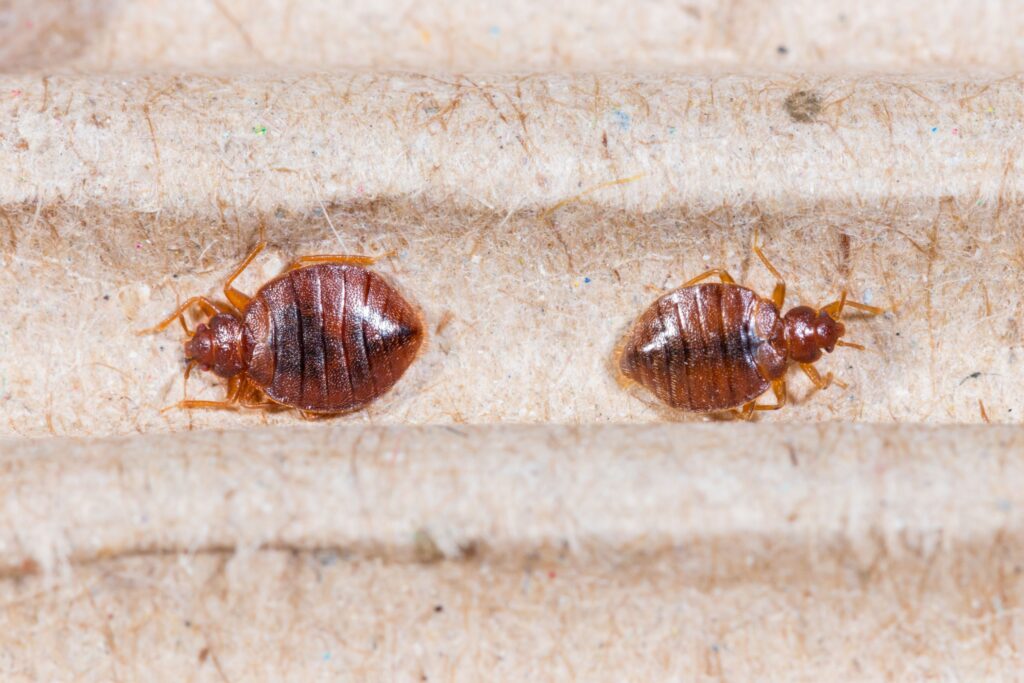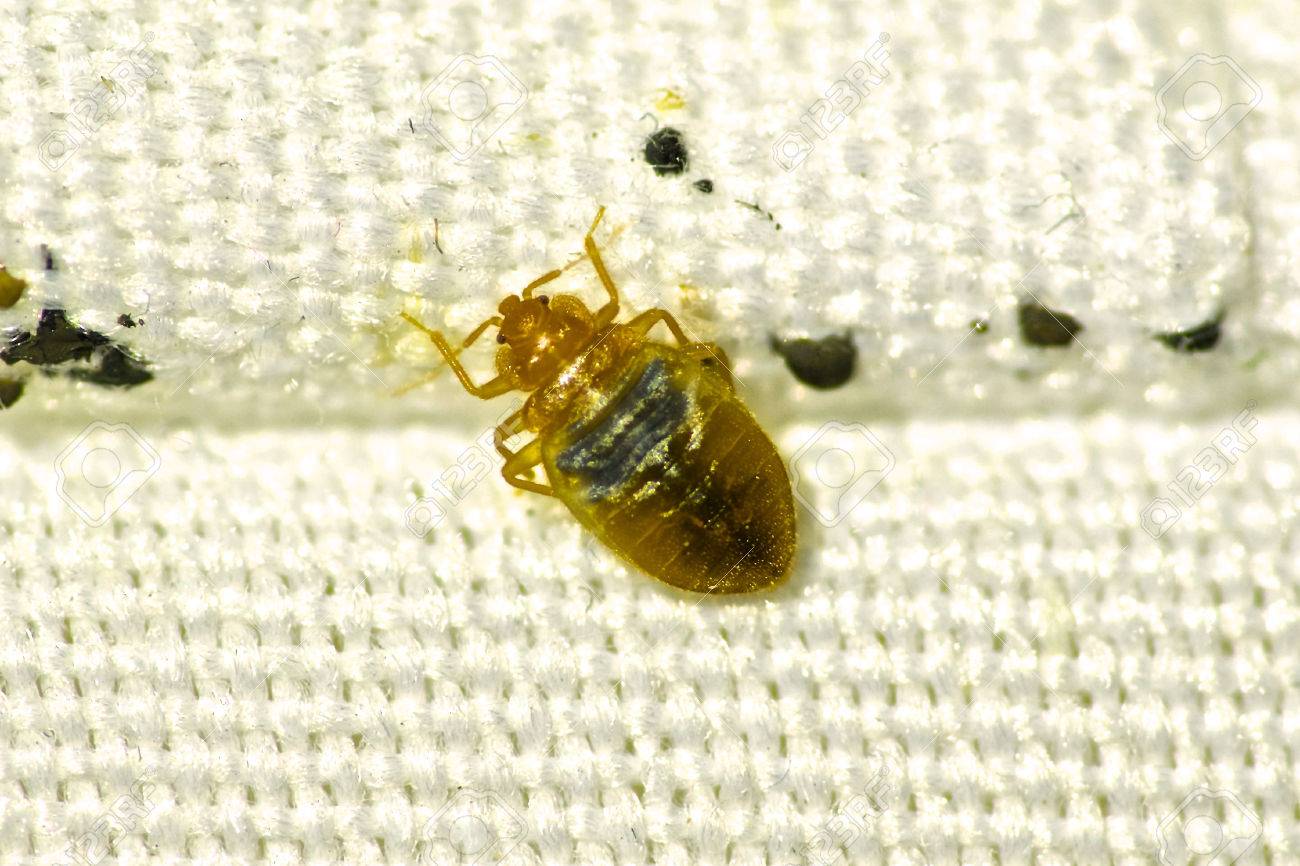Of all the things you could walk home to today, bed bugs are probably near the bottom of your wish list. It’s the type of news that’ll ruin a homeowner’s day and will likely take time to resolve – making it that much harder to stomach. I think we can all agree that bed bugs are the worst.
In fact, more than 20% of all Americans have either encountered bed bugs themselves or know someone that has encountered bed bugs – that’s a staggering 65,000+ million Americans. Not only that, but more than 97% of all pest professionals treat bed bugs every year in the US.
While no one ever wants to come home to bed bugs, it’s a harsh reality that millions of people are faced with every year and something every homeowner should be ready for. We sincerely hope it doesn’t happen to you, but we’re going to make sure you’re prepared for it – just in case.
How to Find Bed Bugs During the Day
When a bed bug infestation breaks out, time is of the essence. Not only can they reproduce at a rapid rate, but they spread quickly and can travel from one room to the next in mere minutes. The sooner you can find them and eliminate them, the less chance they have of multiplying.
Knowing how to check for bed bugs is essential to solving the problem in a timely manner. For example, some common signs of bed bugs are small blood stains on your sheets or pillow, bed bug excrement, spots or bed bug eggs in areas they might hide, live bed bugs, and a musty odor due to the bug’s scent glands.
Of course, the most common sign of bed bugs are bed bug bites.
You not only have to know what to look for, but where and when to look for it – as well as what to do with it once found. It’s certainly a process, but it’s worth the effort if you suspect bed bugs in your home. Don’t worry, we’ll detail everything you need to know about bed bugs below!

What Do Bed Bugs Look Like?
Adult bed bugs are small, oval-shaped bugs that have a reddish-brown hue and are roughly a quarter inch long – though younger bed bugs are more translucent and much smaller. They don’t have any wings and they can’t jump, but they do move three to four feet per minute with their six legs.
Bed bugs are what many people consider a ‘true bug,’ due to their three-segment beak, short golden-colored hairs, and four-part antenna. They’re not exactly pleasant to look at, especially if they fed recently – this is when they look more red (from the blood), elongated, and balloon-like.
Where Do Bed Bugs Hide?
Bed bugs can really be found anywhere and can easily be transported anywhere if not treated or eliminated right away. With that said, studies suggest that bed bugs are commonly found in single-family homes, apartments, hotels, motels, daycare centers, dorms, and nursing homes.
Once inside your home, bed bugs have a variety of hiding places – including couches, bed frame, box spring, bed sheets, mattress seams, stuffed animals, purses, luggage, backpacks, and wheelchairs. They like to hide in the crease or the piping, in-between cushions, pillows, clothes, drawers, and more.
They love to play a good game of hide and seek, so they won’t hesitate to get creative when finding a good spot to hide out – all while planning their next blood meal, unless you stop them!

What Living Conditions Do Bed Bugs Prefer?
Bed bugs can live in a variety of temperatures, but usually can’t tolerate anything below 46°F and anything above 113°F. This is why many people choose to eliminate bed bugs with heat – though the room would have to be much hotter than 113°F to ensure it affects all bed bugs.
Under the right living conditions, they can lay anywhere from one to three eggs per day – with some bed bugs laying as many as 500 eggs in their lifetime. That’s certainly something to think about the next time you come face-to-face with a bed bug because that means there’s more.
How Long Can Bed Bugs Live Without Food?
While bed bugs mostly prefer feeding on human blood, they will feed on other mammals if needed – even traveling distances of 5-20 feet from their hiding spot. They’re most active at night, but will feed during the day, if needed. In general, feeding takes about 3-12 minutes.
Bed bugs generally live for one year, but they require at least one blood meal before becoming adults. Both males and female bed bugs must feed at least once every two weeks in order to reproduce, but can go without food for 20-400 days if not reproducing. They seek a meal every 4-5 days.

How to Treat a Bed Bug Infestation
For those that have recently experienced a bed bug problem, don’t hesitate to reach out for professional help. Once help is on the way, you can start by deep cleaning the heavily infested area and throwing anything that can be washed into the laundry. Vacuuming the area will help, as well.
Since bed bugs can and will travel to other areas of the home – or even your neighbor’s home – make sure you’re careful when emptying the vacuum or walking your sheets to the laundry room. The last thing you want to do is act as a one-way ticket to another part of the house.
Contact Crime Scene Cleaners Today!
Now that you understand the mind of a bed bug and know how to check for bed bugs, you’ll be better prepared if a bed bug infestation were to happen in your household. It’s also useful to know because you spread your newfound wisdom to friends and family when they’re in need.
In the event you’ve identified bed bugs in your home, don’t panic – Crime Scene Cleaners is by your side. While we specialize in cleaning crime scenes – after all, it’s in our name – we take pride in our versatility and knowledge in other areas, such as bed bug treatment and removal.
With over 25 years of experience, we’ve dealt with just about every type of problem you can think of. If bed bugs have your back against the wall, contact us today – we’re honored to help!
